Here are 9 things that I've learned while leading photography workshop experiences in Italy:
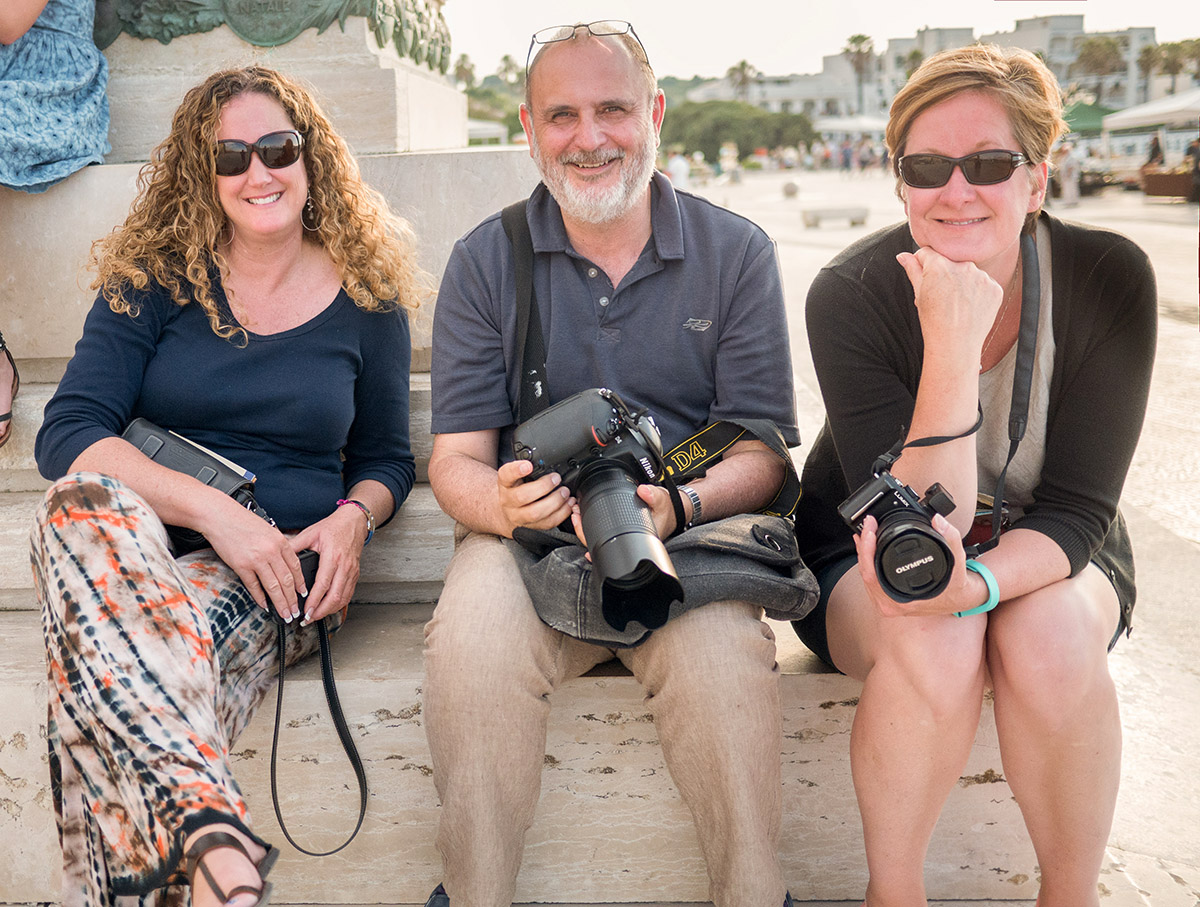
1: Community Is Key
Keeping my groups to just 7 students means that everyone gets to know each other well, which means that sharing vision, insights, tips and more comes easily. That sense of community is built equally well in the field as we photograph together or over a glass of wine after the light fades.
This environment is a fertile ground for restoring creativity and creating a new foundation for our creative lives.
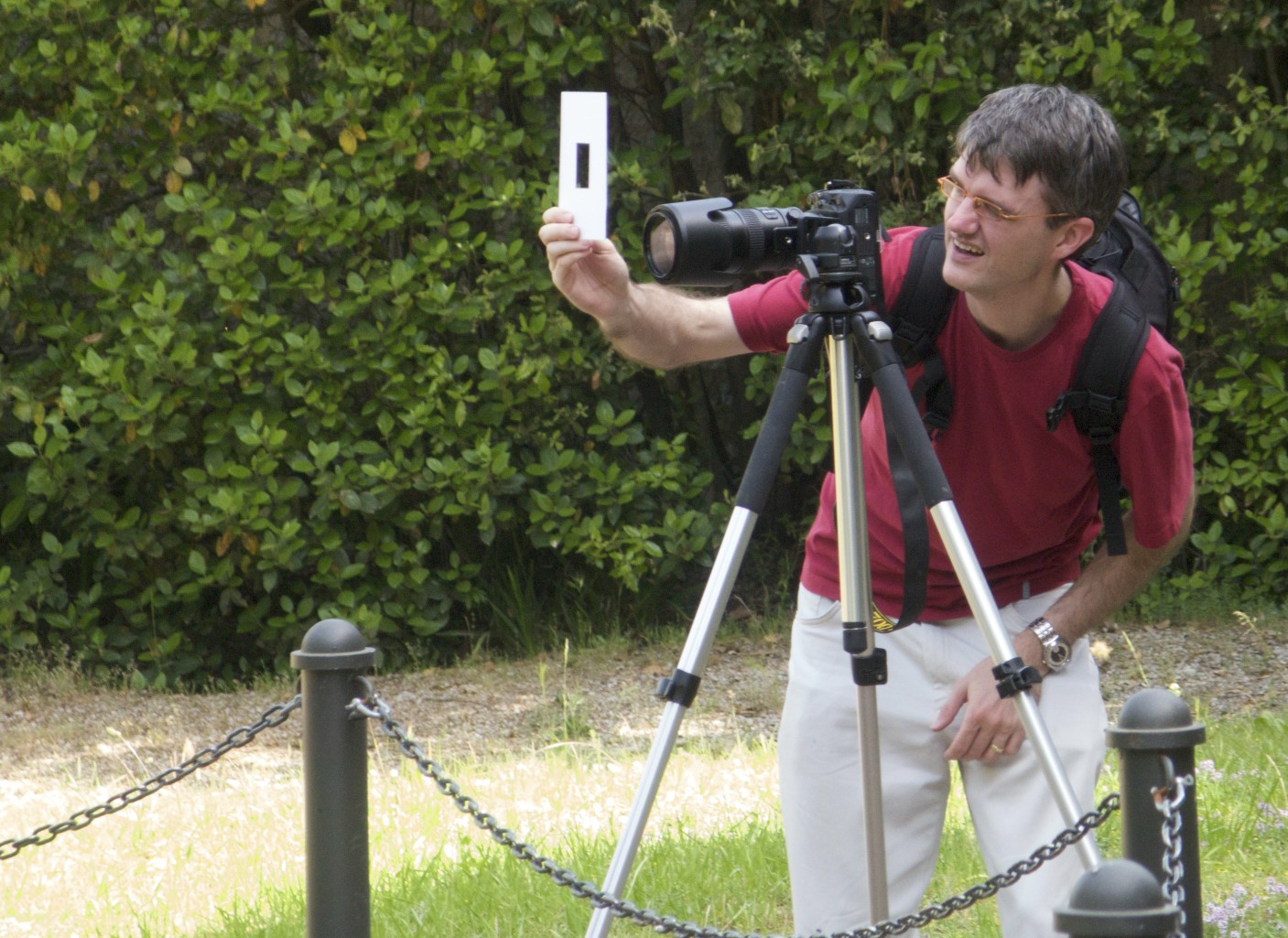
2: Slow Is Good
The pace of Italian life tends to be slow - or at least slower than what most of the rest of the world puts themselves through every day. Slowing down means that we get to see more. Many travelers try to do so much in each day that they don't get a sense of where they are or what it really feels like.
The itineraries that I set for the workshops leave time for wandering, contemplating, exploring and thinking about what our photographs mean and how they communicate that meaning. Slowing down is one of the keys to making great photographs.
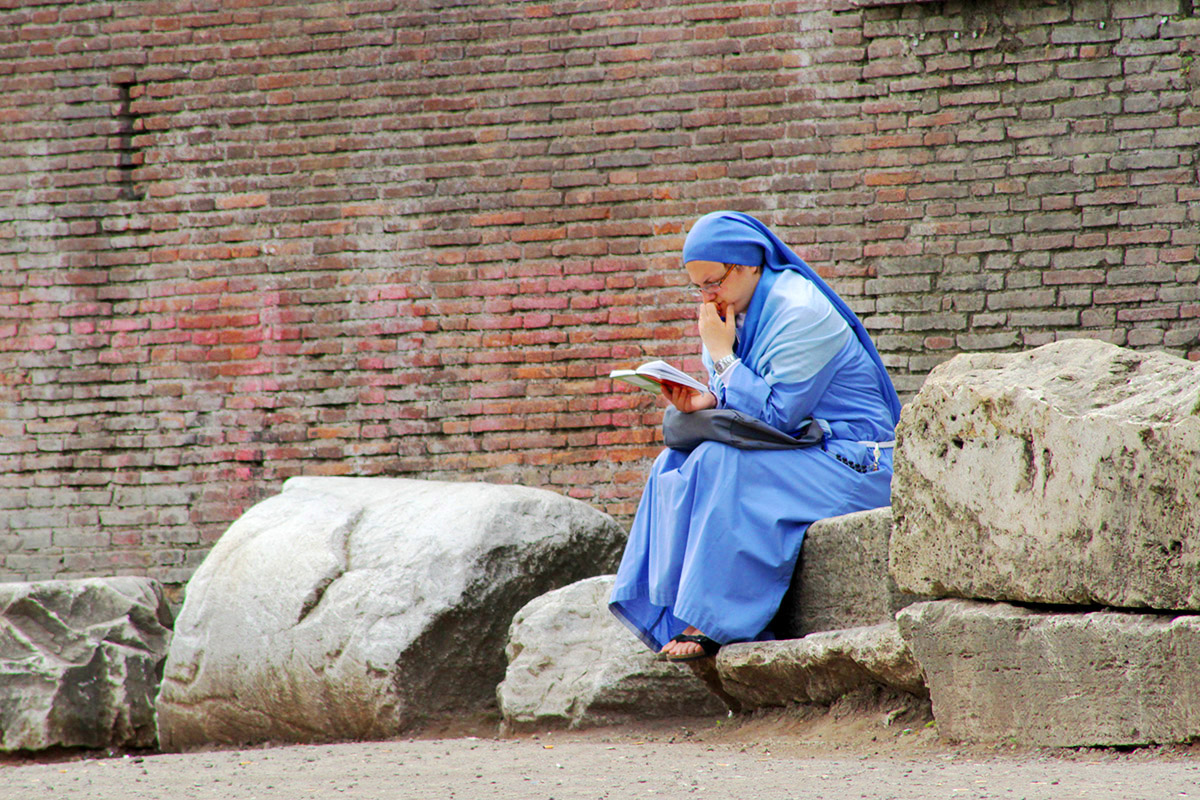
3: Learn Before You Go & After You Arrive
Before each workshop, I send my participants a number of instructional resources to read, view and absorb before we leave for Italy.
Many of the items are photography based, centering around both technique and the strategies we'll use to think more deeply about the subject matter we'll encounter. And, because I believe that understanding local customs and traditions is vital to the act of making great photographs, I also send out culturally-based resources, so workshoppers can learn essential aspects about where and how Italians live.
Once we're in Italy, we often use expert local guides to help amplify the knowledge that we gained before we got to our destination.
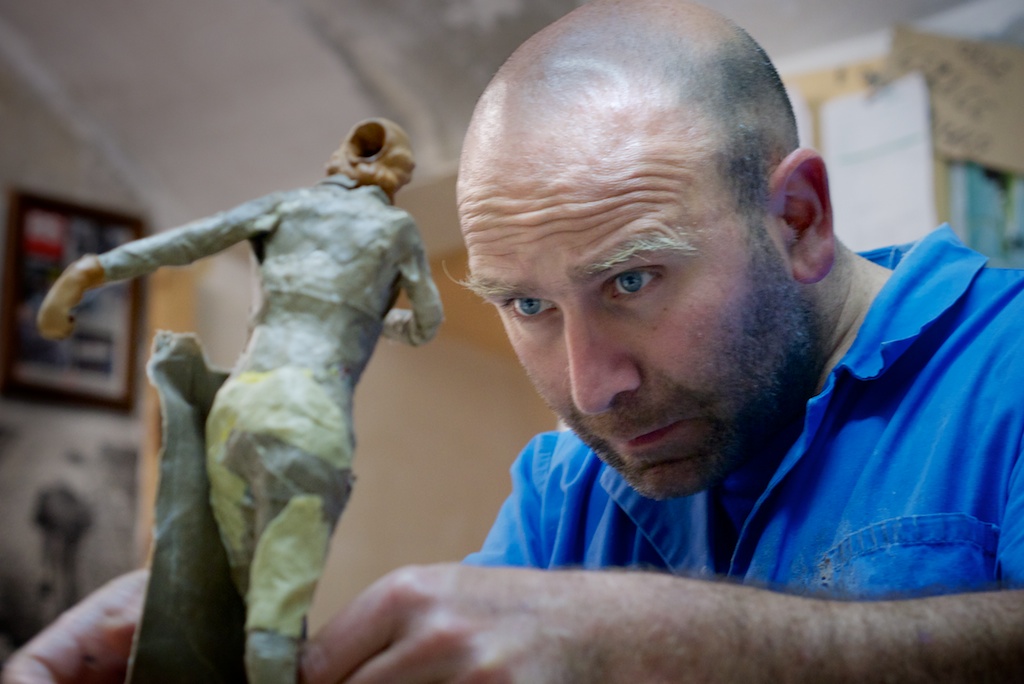
4: Immersion Creates Intensity
My workshops aim to immerse participants in both photography and Italy, allowing them to get a sense of both culture and place and, in turn, a sense of how to photograph them. That immersion in craft and culture creates an inherent intensity of experience.
A camera is in hand - or nearby - every waking moment and, because we base all of the workshops in towns and cities (with frequent trips to the countryside), Italian culture is literally at our doorstep.
We live photography while we are living in Italy.
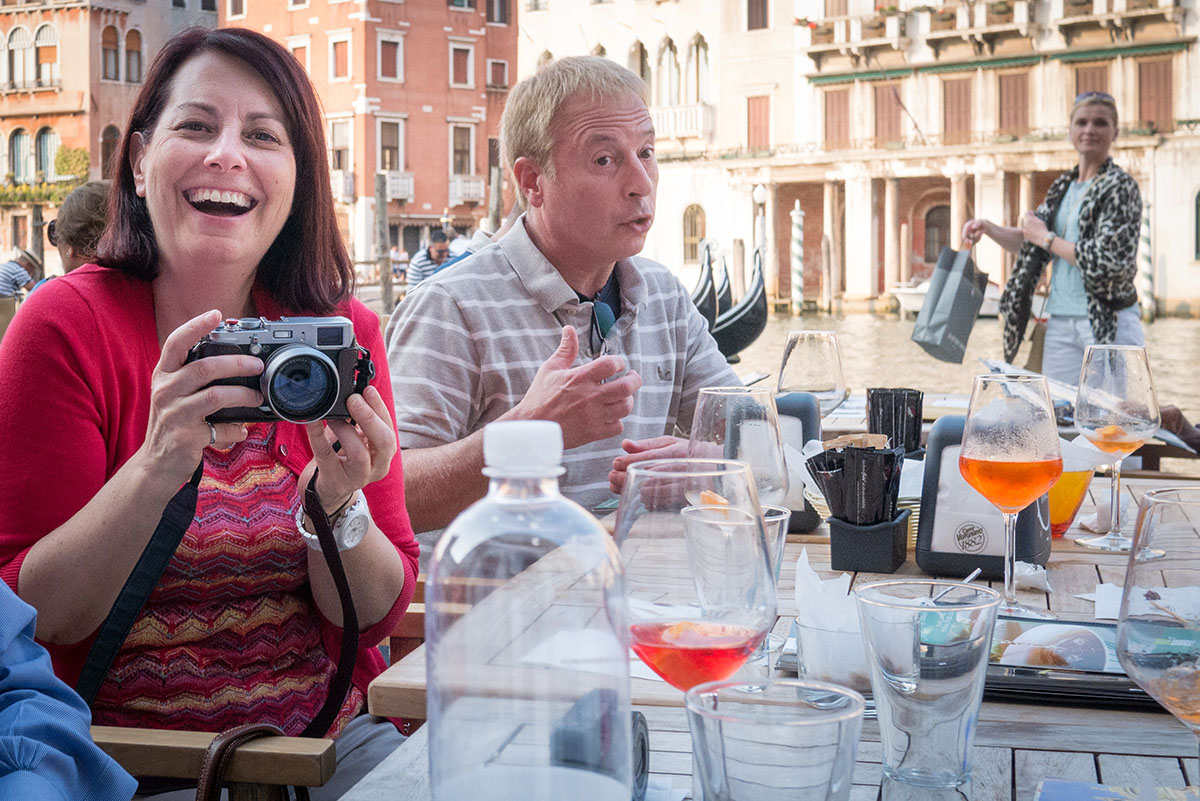
5: Photography - And Food - Bring People Together
Photographing with other photographers can be a very rewarding experience, and very different from traveling with non-photographers.
Not only do other photographers completely understand that you may need an extra few minutes to find the essence of a particular subject but they might also help you see something that you hadn't seen before.
Workshoppers get to learn about each other as photographers and individuals and great friendships have been born during the workshops.
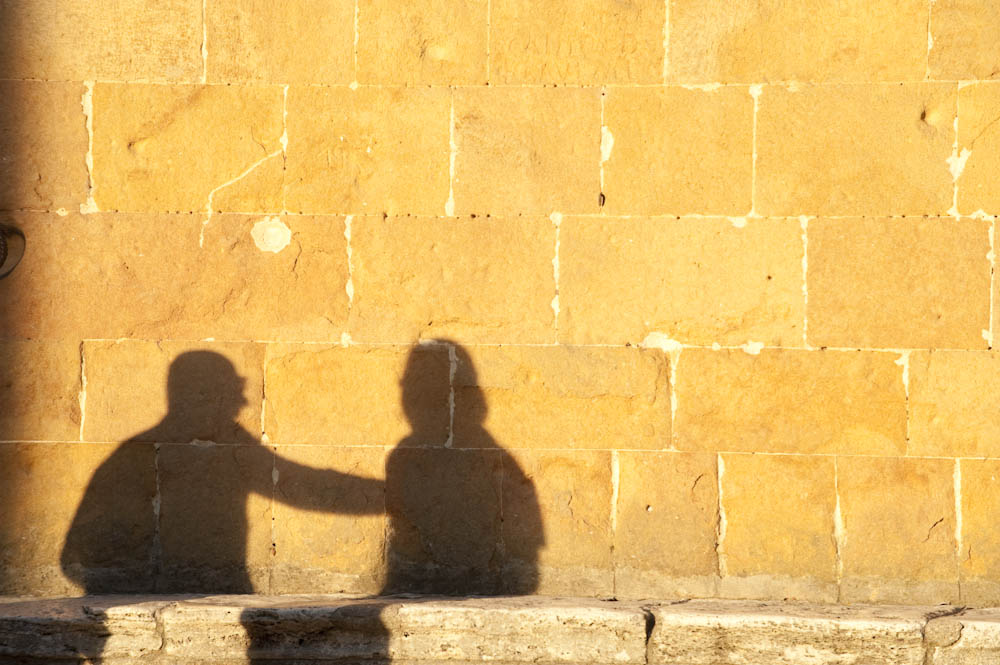
6: Storytelling Creates Focus
By getting students to think about story when they make their photographs, and using a variety of instructional strategies to get them there, the photographs they make are better, clearer and more personal statements than if they just shoot whatever they see. Together, we use our cameras to create stories that have a beginning, a middle and an end - and that makes all the difference in the quality of images that students make.
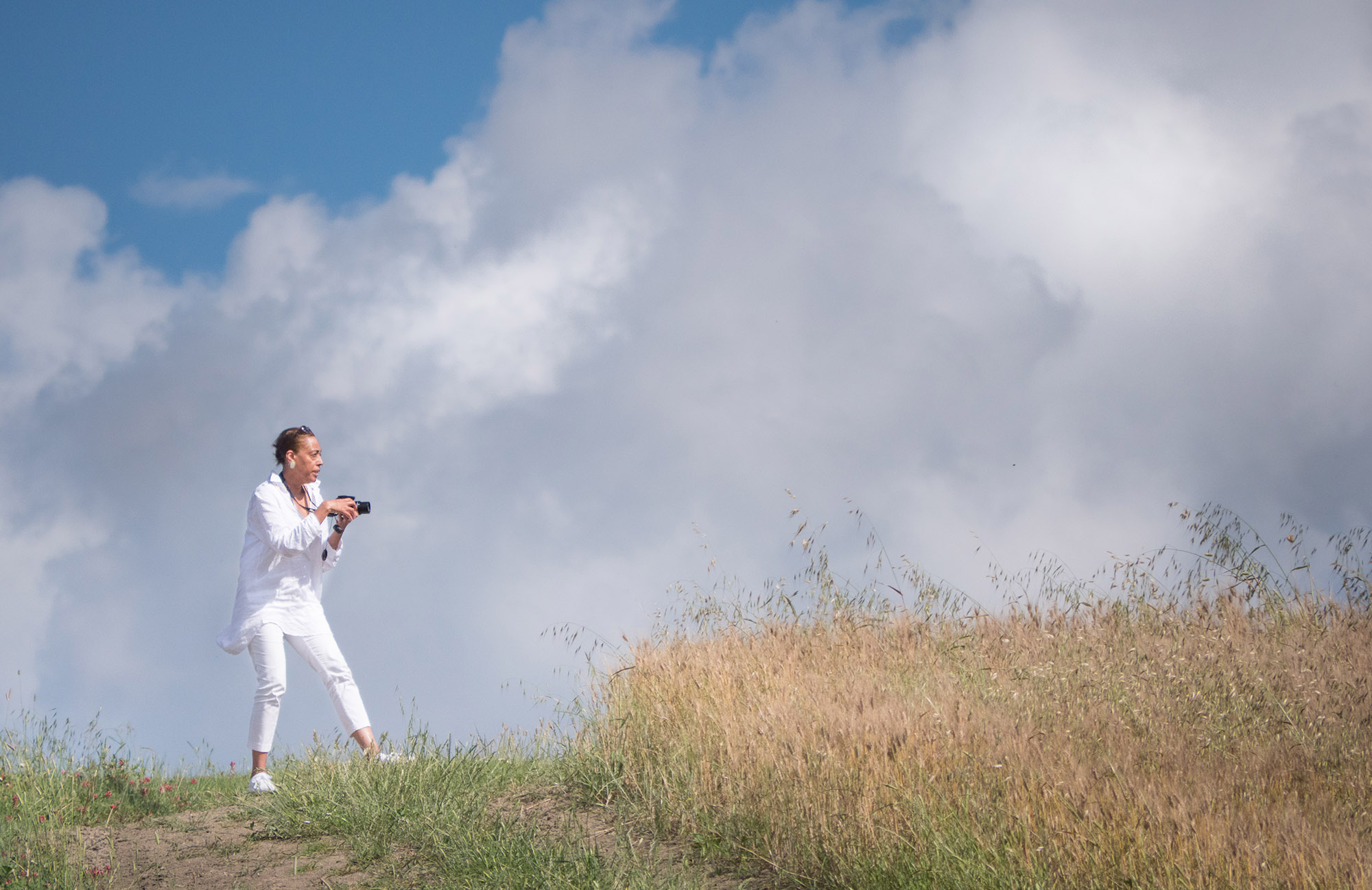
7: Go Deep
Rather than trying to see - and photograph - lots of things in rapid succession, photographic magic really begins when you stay in a place for a while and give yourself enough time to really see and understand it. In my workshops, we try to stay in one location for the week.
Even when distance between locations requires us to move, we always stay at least two nights in one place so we can get a sense of that place, allowing us to get below the surface and make images that are more personal statements.
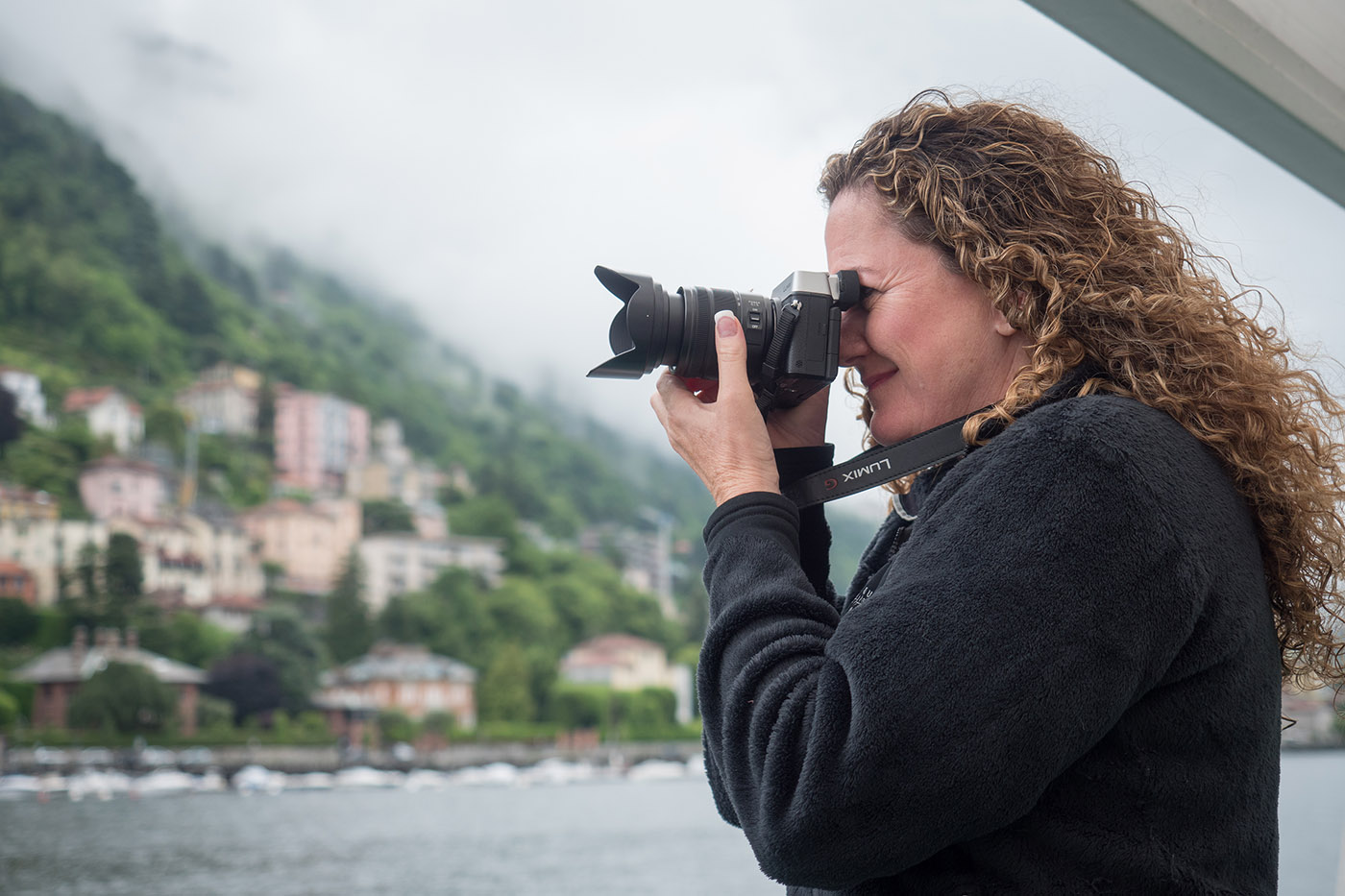
8: Pack Light
For both photography gear and personal clothing, I always advise my workshop participants to pack light.
A camera body, a small selection of lenses (or even one camera and lens!) and a tripod and you're set. Since the best camera is the one you have with you, make sure your camera bag isn't too heavy to carry around.
Similarly, a small, practical wardrobe is essential, and keeps your suitcase manageable. Casual, comfortable clothes (and shoes!) means you'll be dressed for photographic success.
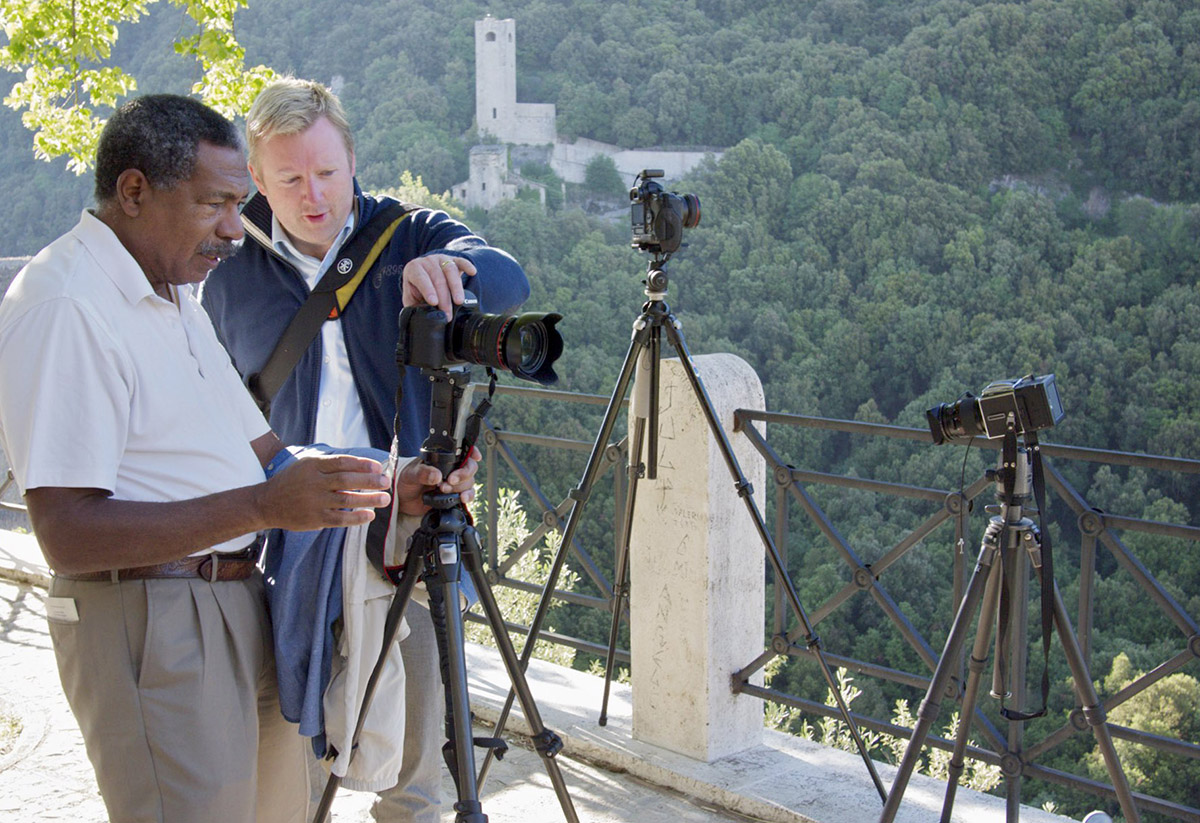
9: The Classroom Is Everywhere
Though I have taught photography for more than 35 years, most of my experiences were in a classroom with desks and chairs.
In Italy, my classroom is everywhere - in a hill town, in a vineyard, at breakfast or anywhere we happen to be. My workshop students get to have the experience of making photographs, looking at those photographs and then making more photographs- ones that are informed by the experience of looking, critiquing and guiding.

